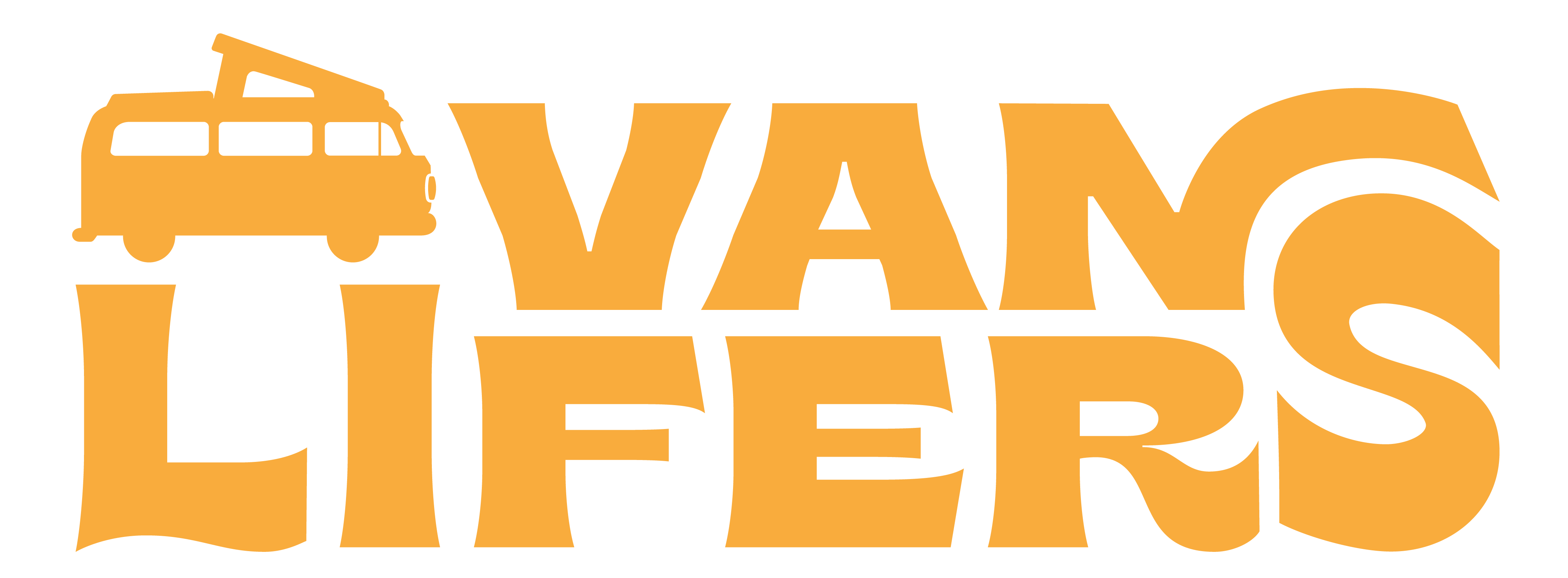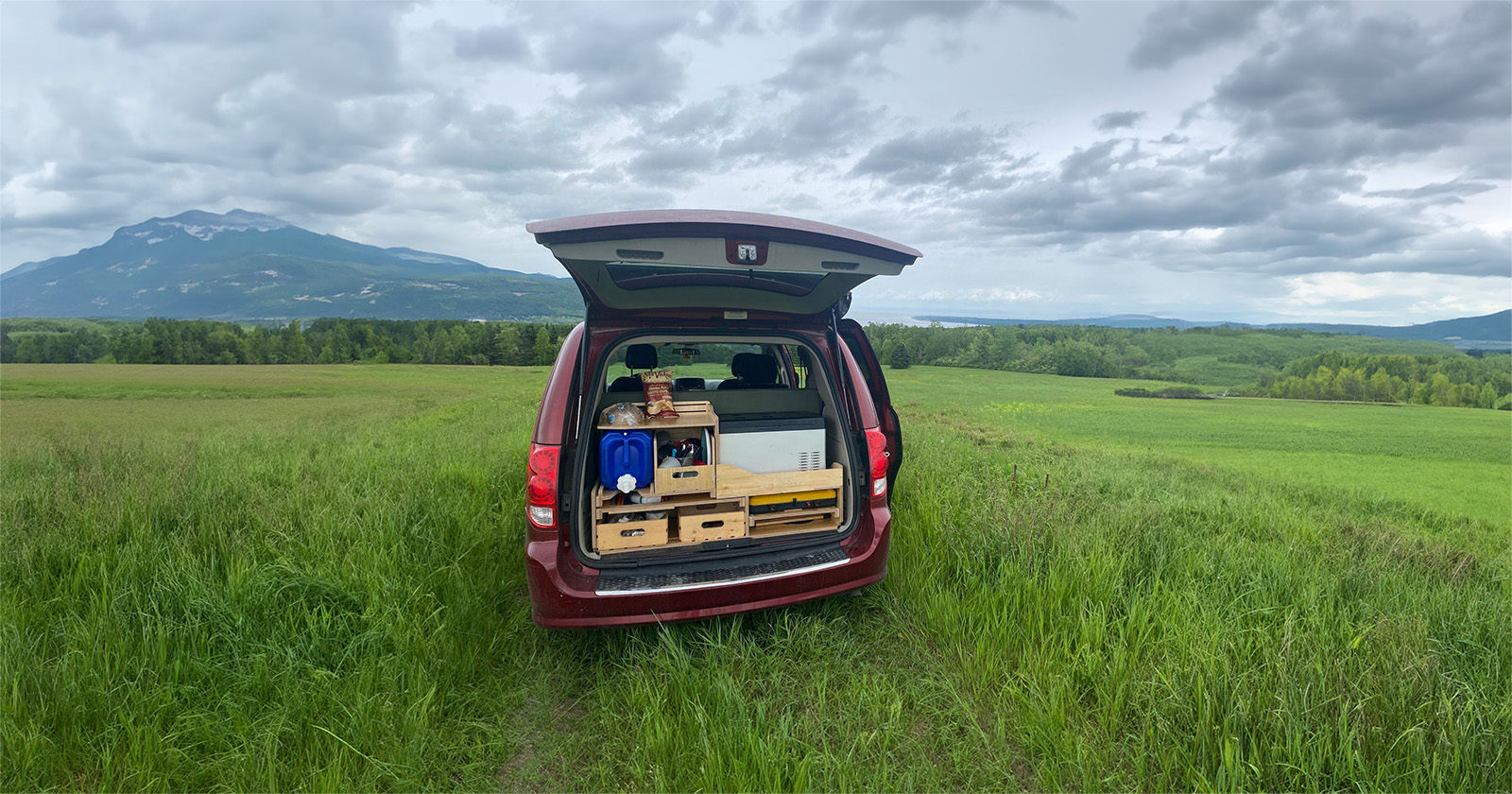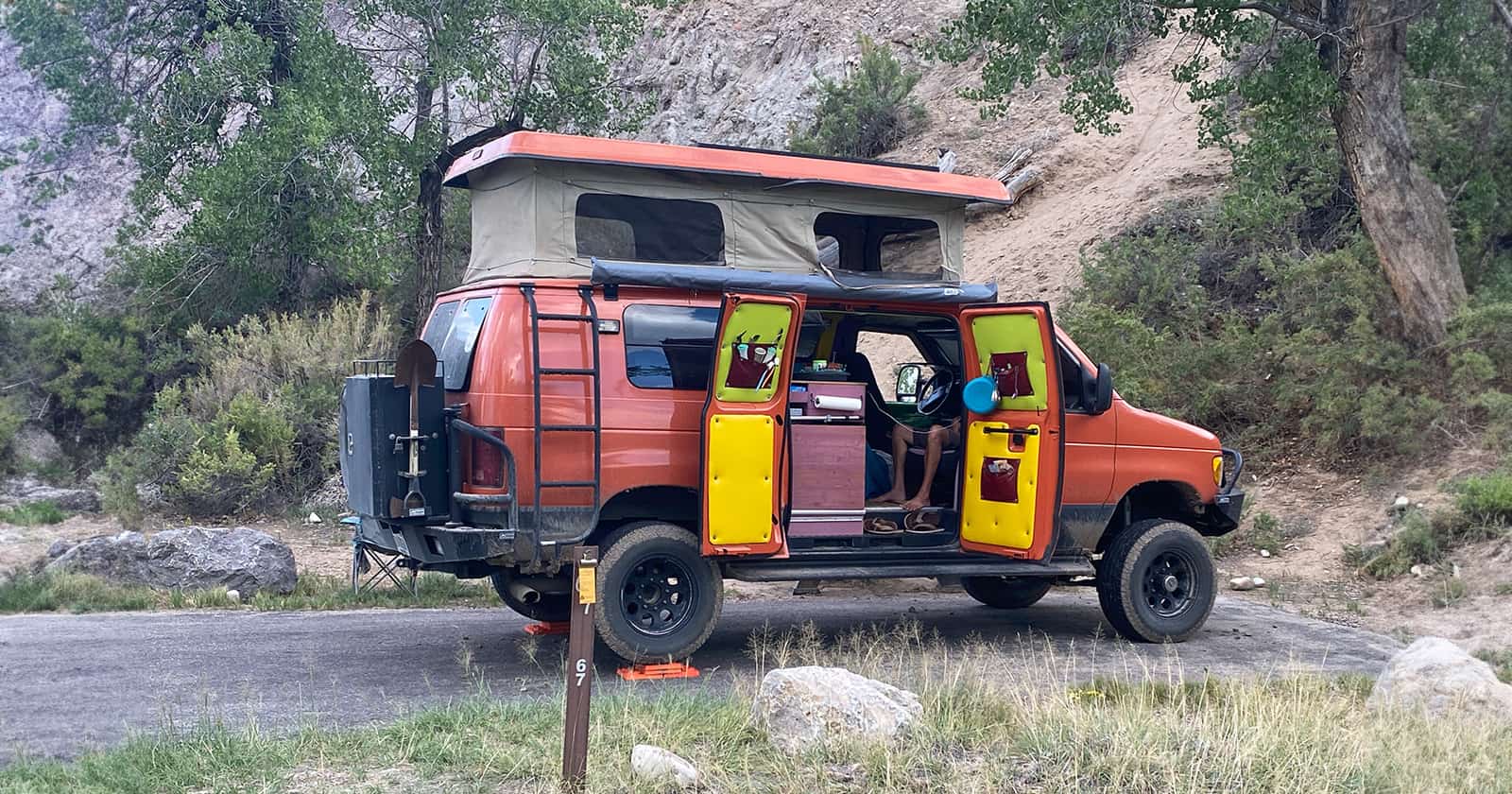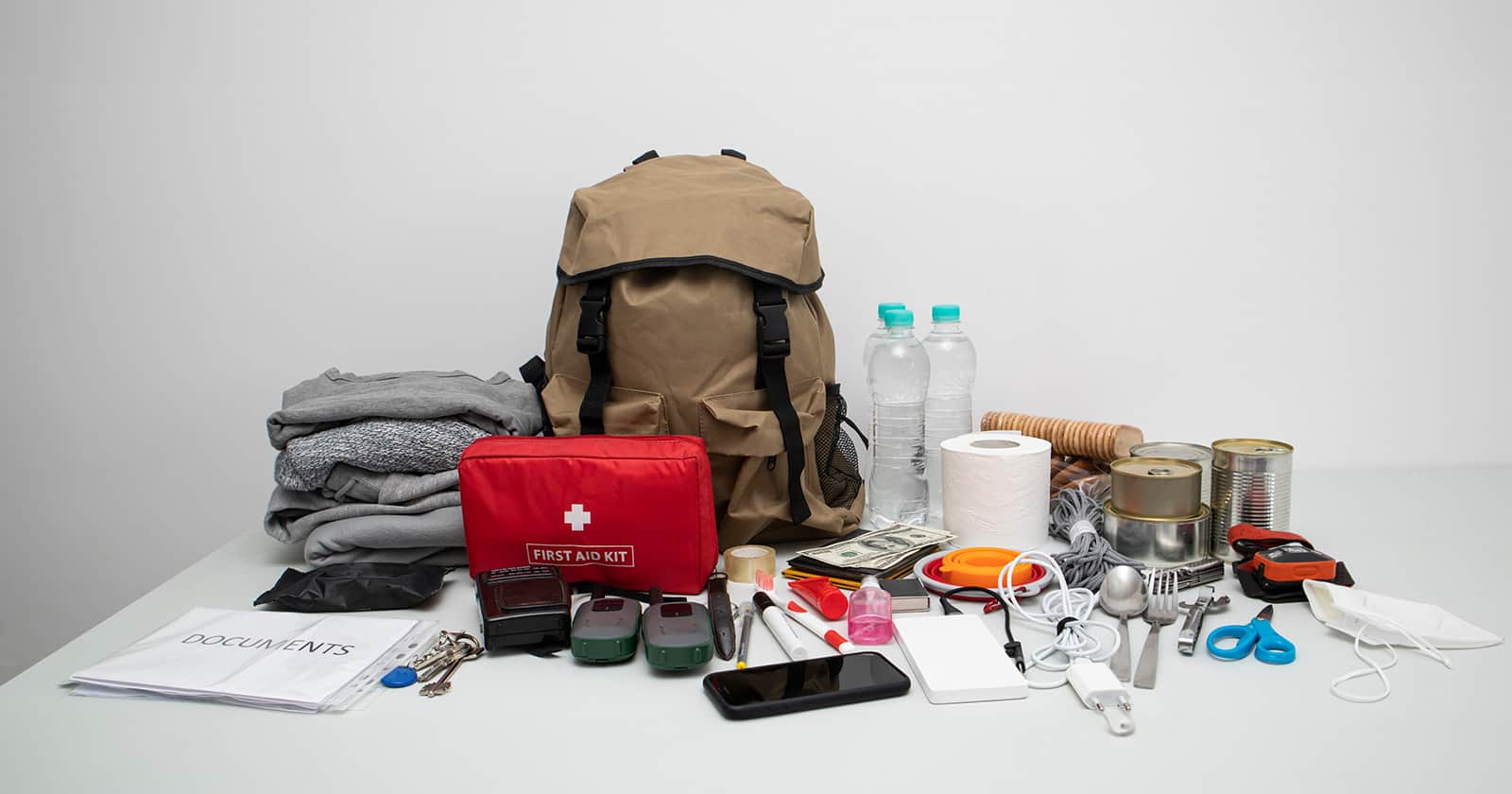Transform Your Van Into a Home on Wheels With These Easy Conversion Tips
Admit it. You are dreaming of building a luxurious campervan like the ones featured on most YouTube videos. Full bath with shower, fully equipped kitchen, tons of storage, smart tech, bed/dinette conversion. The works.
What you don’t have are the skills, tools, experience, time, or money.
These are just some of the reasons why a simple van conversion might be better in the short—and long—run.
A few other reasons to keep your van conversion simple are…well…simple. Keeping your build as uncomplicated as possible will save you money and costly mistakes, time, frustration, and repairs down the line. In addition, these types of conversions can be added to just about any vehicle. There is no need to go into debt for the largest, most luxurious van on the market.
In this guide, we will walk you through each phase of a simple (yet effective) van conversion, using any vehicle you feel is right. Hint: the best vehicle might just be the one you already own.
Choosing the Right Vehicle for Your Simple Van Conversion
Contrary to popular belief, a campervan does not need to be built in a standup panel van. How about choosing a minivan? Or an SUV? I’ve even seen some campervans built out of small passenger vehicles such as the Honda Element or a Toyota Prius.
Your ideal van will be personal to you. Will you be comfortable with less headroom? Are you okay sleeping at an angle or not being able to stand up? How about climbing in and out of the vehicle? Other factors are storage options, gas mileage, and stealth ability.
Overall, some popular models for simple van conversions are some of the most unexpected. Minivans are a popular choice because they are relatively inexpensive. Delivery vans such as the Nissan NV200, Ford Transit Connect, and the RAM Promaster City (discontinued as of 2022) are popular for their bare-bones options.
Larger SUVs such as the Toyota 4Runner, GMC Yukon, and Honda Pilot offer enough space inside for sleeping, cooking, and storage. Even smaller SUVs, such as the Subaru Outback or Subaru Forester, can give you the room needed for simple living on the road.
Planning the Interior of Your Simple Van Conversion
With such a minimal amount of space to work with, planning is key to building out a simple van conversion.
The first thing to do is completely clear out the vehicle. Pop down or remove any rear seats, and remove the spare tire and any tools from the storage compartments. Climb into the van or SUV and maneuver yourself into all types of positions: sleeping, lounging, cooking, etc. How does the space work for you? What do you think you really need, and what can you live without? How does the storage work as it is?
Deciding on the Layout and Design
Taking this experience into effect, this is a good time to start planning out the design. Personally, I’m a visual person, so I will use large pieces of cardboard, storage boxes, or old furniture to mimic the bed space, cooking area, or seating areas. Move these items around to see what might fit.
In addition, be sure to bring in the water system, storage boxes, power system, and any other necessary gear. Make sure space is dedicated to each of these items as well.
Once you have figured out a layout you like, take measurements and take a tape measure to the hardware store, thrift store, or big box store to measure out lumber, storage boxes, used furniture, and mattresses that can be included in your simple van conversion.
Essential Features and Furnishings for Your Simple Van Conversion
The most essential feature of any campervan will be the bed. It’s not a camper without one. Making the bed space the priority will define how the rest of the space will be used.
Some people go with a raised platform bed across the entire width of the car, while some go with a single bed with or without storage underneath. Storage under the bed is great in that it maximizes the space without having to see all your gear all the time. Storage under the bed can also be used for the kitchen space. However, going without a raised bed and storage space will allow for more headroom.
Other essential features of a simple campervan include a place to store and cook food. While it’s best to store food inside the vehicle to keep away from critters, cooking can be done both inside and outside the vehicle.
Plan to create a kitchen that can be used both inside and outside. This can be as simple as using a camp table outside and a small platform inside or building out a more elaborate slideout system.
One of the simplest ways to cook in a van is to use small, portable propane or butane stoves. These stoves don’t require any knowledge of propane tubing or electrical switching, and their canisters are widely available at big box and hardware stores.
IMPORTANT NOTE: If you plan to cook inside your van, it’s essential to have adequate ventilation. Carbon monoxide and other harmful gases can build up quickly, so make sure to crack open a window or install a ventilation fan to keep fresh air circulating. Safety should always be your top priority when cooking in a van.
Tips for Maximizing Space and Storage in Your Simple Van Conversion
Storage is one of the biggest challenges with a tiny van buildout. Initial decluttering and utilizing every spare inch of space is key to a simple van conversion.
For extra clothing and blankets, use duffel bags or other soft-sided storage. These bags can double as seating or pillows and can be folded away when not in use. Speaking of pillows, use empty pillowcases to store sleeping bags or puffy jackets.
Purchase items that nest inside each other, like cups, bowls, pots, and other gear. Hang as much as possible from the ceiling or the walls. If you can afford it, purchase a roof rack or roof box to store bulky items.
Installing Basic Systems in Your Simple Van Conversion
Water Supply and Plumbing
Along with cooking comes the not-so-fun job of cleaning. Storing and dispensing water in sinks and getting rid of greywater should also be a big part of the overall planning phase. Some vanlifers build out more elaborate water systems with plumbed sinks. However, you can also keep it simple with a USB-powered faucet connected to a 5-gallon bottle and a salad bowl as a sink.
In fact, one of my favorite new devices is the Dometic Go Hydration faucet and water jug. They are on the pricier side, but the faucet is magnetic and can be moved to various locations. The jug is portable with some handy carrying straps. Anyone who has wrestled with a 5-gallon water jug will appreciate this.
Setting Up the Electrical System
We are so lucky these days that there are other companies like Dometic who are making products that really simplify vanlife systems.
There is no need to become an amateur electrician to run power into your build. Portable power stations are plentiful and affordable and allow for the powering up of laptops and other devices. Many even have an integrated inverter to run 110 appliances for a short period of time.
Portable power stations can also be powered up via your vehicle’s battery or by solar panels mounted to your roof or placed on the ground. The system size will depend on what you need to run. For example, a Jackery Explorer 500 power station will run a laptop for about 30 hours and a small fridge for about 8 to 9 hours.
As for lighting. Take advantage of the sun and check out items such as the Luci lanterns by Mpowered or the BioLite SiteLight Strings.
Heating and Cooling Options
Environmental control in a van can be a challenge, but having such a small space makes it doable. Be sure to always have warm clothing, a good sleeping bag, and wool or down blankets as your first line of defense against the cold.
Most vanlifers use one or more simple USB-powered fans for airflow. For more extreme cooling, you may need to turn on your vehicle’s AC or head up into the mountains.
As for heating, some of the more powerful portable power stations (1,000 to 1,500 watts) can run a 400- or 500-watt personal heater for a few hours. If you do decide to go with a propane heater, such as a Mr. Heater Little Buddy, be prepared to deal with condensation and ALWAYS use adequate ventilation.
Toilets and Bathing
Toilets and keeping clean is a subject that is totally personal to you and may require some experimentation. Many vanlifers choose to go to a gym for their showers and use public toilets. Some vanlifers prefer to keep an emergency toilet on hand. The choices run the gamut from flushable Thetford porta potties to interesting choices of composting buckets suggested by Dee of Lady Bugout. Check out her video below.
Finishing Touches in Your Simple Van Conversion
Decorating the interior has got to be the most fun part of any build. However, you can go overboard. Don’t purchase any decor items until you have built out the foundation of your van. Those gorgeous pillows you found at the big box store might just be too large for the bed you decided to go with.
The decor should flow with your design rather than detract. It should also not get in the way of your living situation. Having to move or push aside a cool piece of art or some live plants to get to your food or clothing can get old quickly.
Adding Personalized Touches
Adding your own style makes the van your own. Don’t be afraid to be different from the other vanlifers out there. Use fun colors or patterns, find a space for your books or national park stickers, decorate with your hats or cozy sweaters, or regularly switch out your curtains or window blinds.
Tips for Maintaining and Upgrading Your Simple Van Conversion
Whether you are in your van full-time or part-time, you are living in it. Keeping up on regular maintenance of your space is necessary.
Find time during your travels to regularly wash all your blankets and pillows, do all your laundry, and deep clean and regularly declutter your space. This will keep both you and anyone who travels with you a bit more sane.
Even though your van is a little house, it will still need regular maintenance of oil and other fluid changes, tune-ups, and new tires.
Recap
No matter what type of build you decide on, take your time to really figure out what you need. Most likely, in the long run, you will appreciate a more simple build.
It’s actually pretty fun to find creative ways to solve a problem rather than automatically throwing money at it. Someone may even see your idea and want to copy it for their own build.
Don’t worry if your simple van conversion does not fit your lifestyle right away. There is always room for adjustments and improvements along the way. In fact, it’s best to start out small and then work on your van after you have spent some time in it. On the road, you will quickly find out what works and what doesn’t.



